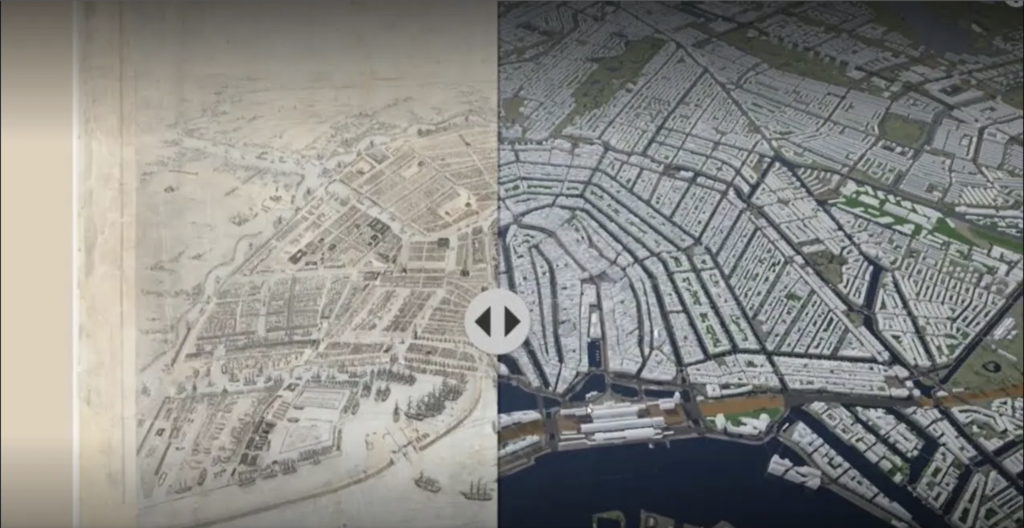The research theme of Digital History has a strong focus on urban history, yet also includes (visual) art history, media history, digital humanities, and improving the accessibility and analysis of textual historical collections.

One of the core projects affiliated with the Digital History research theme is the Amsterdam Time Machine (ATM), a hub for linked historical data on Amsterdam. The web of information on people, places, relationships, events, and objects will unfold in time and space through geographical and 3D representations. In this Google Earth of the past, users can go back and forth between the city as a whole, neighborhoods, streets, houses, and even zoom in on the pictures that adorned the walls of Amsterdam citizens. The systematic linkage of datasets from heterogeneous sources allows users to ask new questions on, for instance, cultural events, everyday life, social relations, or the use of public space in the city of Amsterdam. ATM uses state-of-the-art computational methods and techniques, and it will be carefully annotated with regards to issues of uncertainty and fuzziness that are inherent to historical data.
ATM is being developed since March 2017 by an open-ended collective of historical researchers and information and data specialists from different universities, heritage institutions, and the creative industries. It is coordinated by Julia Noordegraaf (PI) and Boudewijn Koopmans (project manager) at the research program Creative Amsterdam: An E-Humanities Perspective (CREATE).
